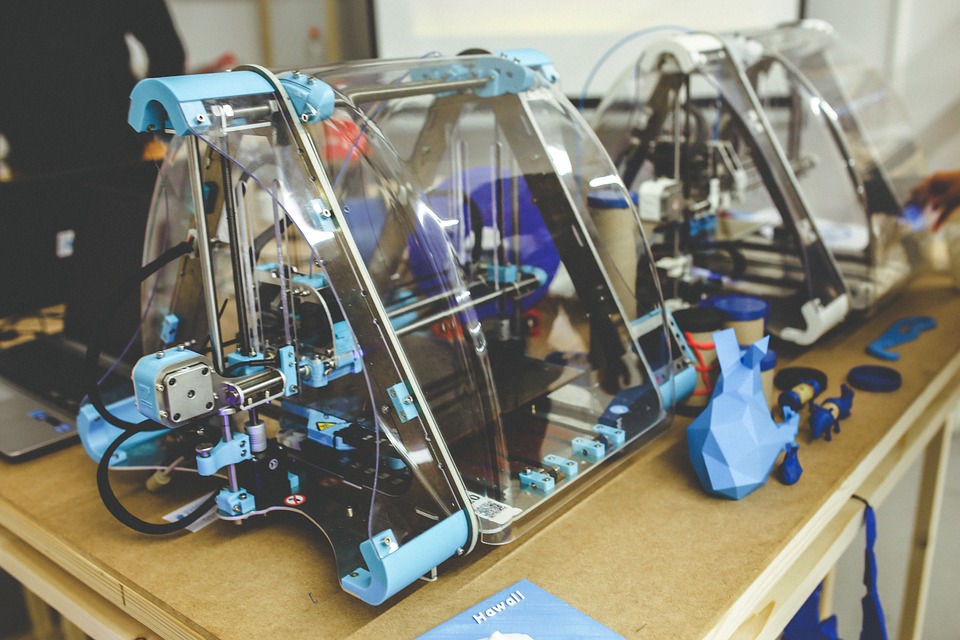
3D printing, also called additive manufacturing, involves creating three-dimensional objects through digital files, where materials are laid down layer-by-layer until a product is formed. The process is called additive because products are built from scratch.
While 3D printers use various techniques and materials like metal or plastic, their ability to convert digital files with three-dimensional data into physical objects is the same, regardless of whether they are made from a 3D scanner or on a computer-aided manufacturing (CAM) or computer aided design (CAD) program. Embracing 3D technology can be very advantageous for manufacturing companies. This article outlines five advantages of 3D printing technology.
1. Competitive advantage
Since the 3D printing process costs are lower and the production speed is fast, product life cycles are lessened. Companies can enhance their products, letting them deliver improved products quickly. With 3D printing, they can physically demonstrate new products to investors and customers without leaving it to their imagination. This lessens the risk of missing details during communication or being misunderstood. With free 3D printed samples, you can cost-effectively test the market and get feedback from prospective investors and customers on tangible products without the risk of significant upfront prototyping costs.
2. Practical product testing
The touch and feel experience of a product’s prototype can't be compared to just looking at it on a screen. 3D printing allows you to touch and feel your product's prototype to test and look for drawbacks or errors in the design. The designers can adjust and print the design again if any flaws are discovered.
3. Produce products on demand
Since 3D design files are printed with 3D models as either STL or CAD, they can be kept in virtual libraries. This implies that manufacturers can locate and print them whenever needed. With 3D printing technology, manufacturers can manufacture products on demand instead of in large runs. This reduces warehouse space because you don't have to produce in bulk unless required. It improves inventory management.
4. Rapid prototyping
Rapid prototyping refers to the capacity to design and manufacture while testing customized parts in the least time possible. In addition, the design may be modified without significantly impacting the manufacturing process's speed. Before the introduction of 3D technology, prototypes took weeks to manufacture. Each time changes were made, more time was added to the process.
With 3D printing technology, manufacturers can design parts, manufacture them in-house on professional 3D printers and test them within a few days. The creativity and freedom that 3D printing enables means that manufacturers can create almost anything without needing a warehouse full of costly machinery.
5. Cost-effective
3D printing is a cost-effective manufacturing process for small production applications and runs. Standard prototyping methods, including injection molding and CNC machining, need expensive machinery and high labor costs because of the machine technicians and operators required to operate them.
Thankfully, the 3D printing process may need a machine or two and a few operators to manufacture the parts. Since the parts are built from scratch and not curved from solid blocks like in subtractive manufacturing and don’t usually need extra tooling, there’s less material wastage.
Endnote
3D printers are an excellent way for companies to deliver precisely what their clients need, increasing customer satisfaction and putting them ahead of their competition. Consider embracing 3D printing technology to reap these benefits.